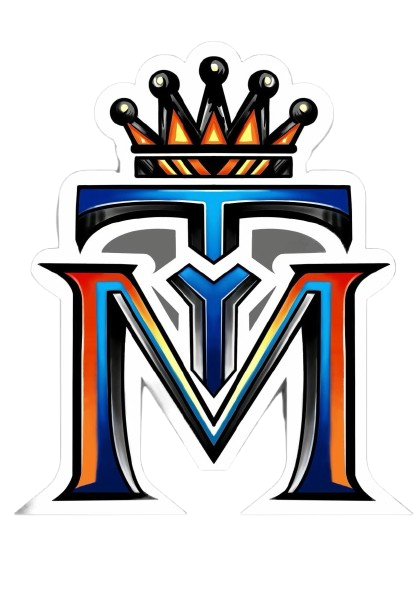
The History of the First Tattoo: Tracing the Roots of Body Art
Share
Introduction
The art of tattooing is one of humanity’s oldest practices, with origins tracing back thousands of years. Tattoos have been a medium of self-expression, cultural identity, and spiritual significance across countless civilizations. But when and where did the first tattoo appear? Let’s delve into the fascinating history of the earliest known tattoos.
The Earliest Evidence: Ötzi the Iceman
The oldest known tattoos were discovered on Ötzi the Iceman, a naturally mummified man from the Copper Age, who lived around 3,300 BCE. Found in the Alps in 1991, Ötzi’s body bore 61 tattoos made of soot or ash, consisting of simple lines and crosses located on his joints and lower back.
Purpose of Ötzi’s Tattoos:
- Therapeutic Use: Many scholars believe these tattoos were not decorative but therapeutic, potentially linked to pain relief or acupuncture-like practices.
- Cultural Significance: These markings may have also held symbolic or ritual importance in Ötzi’s community.
Tattoos in Ancient Civilizations
While Ötzi represents the earliest physical evidence, tattoos have a rich presence in ancient cultures worldwide:
-
Ancient Egypt (2000 BCE):
- Tattoos were found on mummies, primarily women, and were believed to signify fertility, protection, or religious devotion.
- Patterns of dots and lines were common, often associated with goddess worship.
-
Polynesian Cultures:
- The Polynesians developed a highly sophisticated tattooing tradition called "tatau," from which the English word "tattoo" is derived.
- Tattoos signified rank, lineage, and achievements, often covering the entire body.
-
Indigenous Tribes Worldwide:
- Indigenous peoples in North and South America, as well as Arctic regions, practiced tattooing using natural pigments.
- Tattoos often represented spiritual beliefs, hunting skills, or rites of passage.
The Tools of Early Tattooing
Early tattoos were created using rudimentary tools. Needles made of bone, thorns, or sharpened stones were used to puncture the skin, while natural dyes like charcoal, ash, and plant extracts provided pigmentation.
Tattoos as Universal Heritage
From prehistoric times to modern-day trends, tattoos have evolved but continue to reflect the same timeless human desires: to commemorate, to express, and to connect with something greater. Whether as ancient therapeutic markings or intricate Polynesian body art, tattoos have left an indelible mark on human history.
Conclusion
The history of the first tattoo is a journey back to the earliest days of human civilization. It reveals how deeply embedded tattooing is in our shared cultural heritage, transcending time and geography. Ötzi the Iceman may hold the title for the oldest tattoos, but the art form's journey has only continued to grow and thrive.
